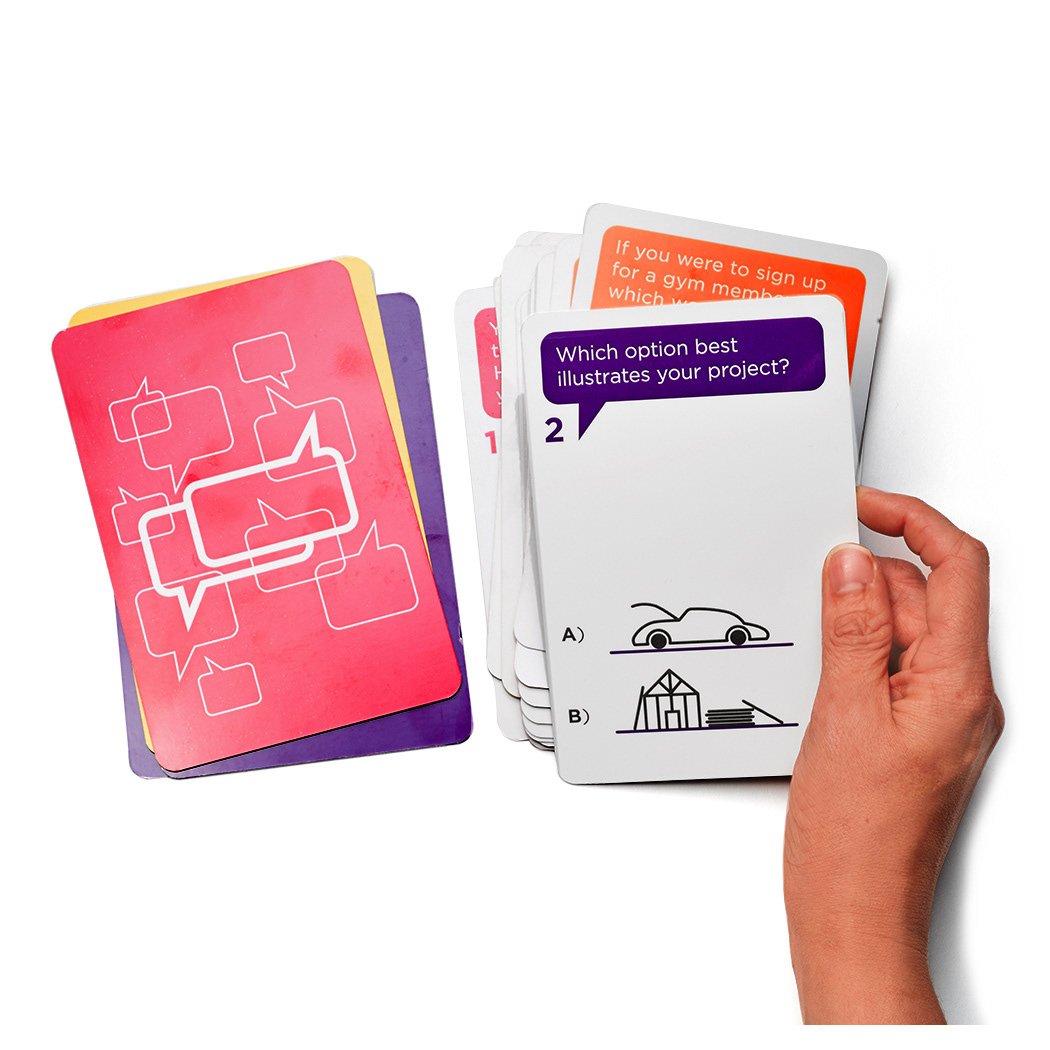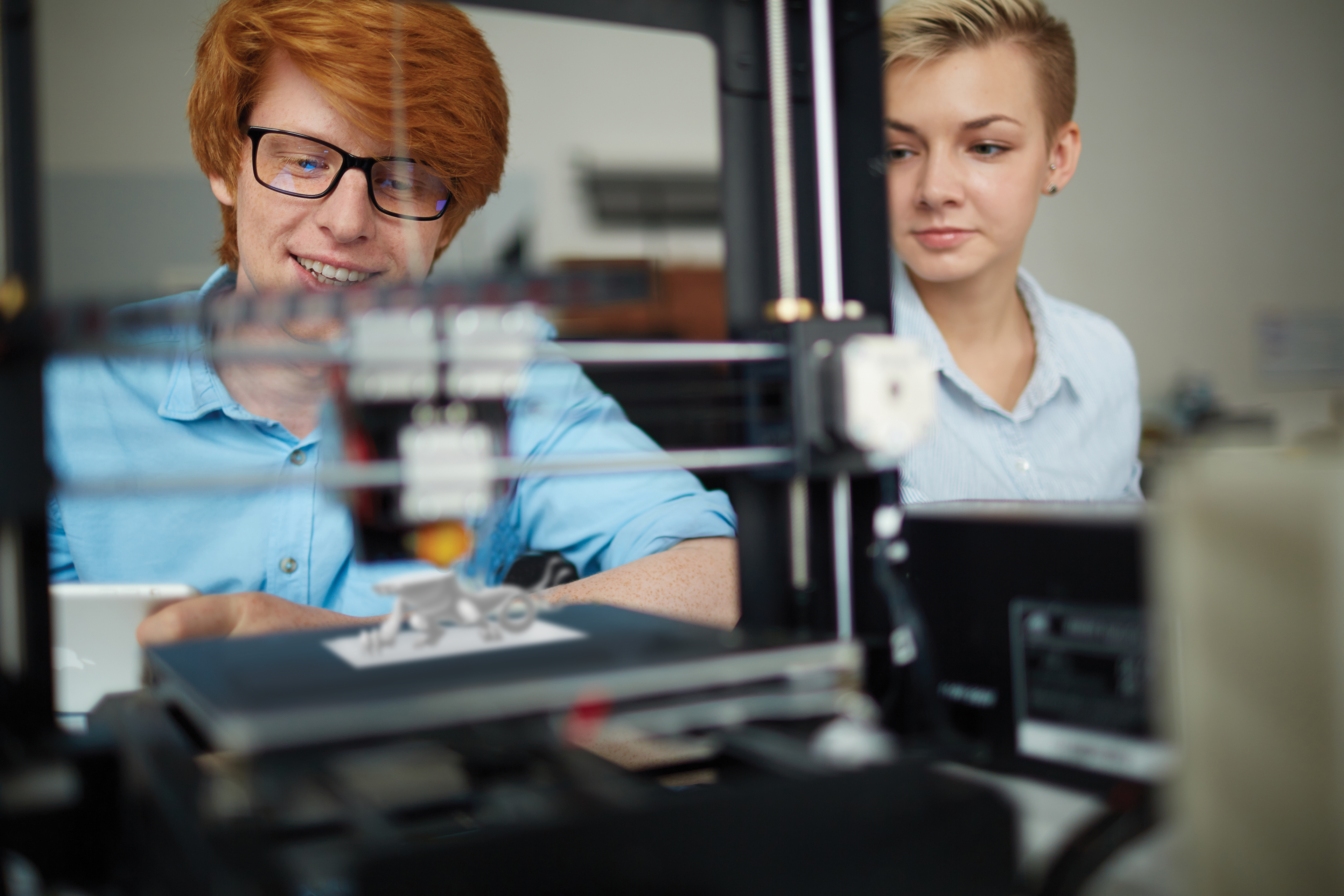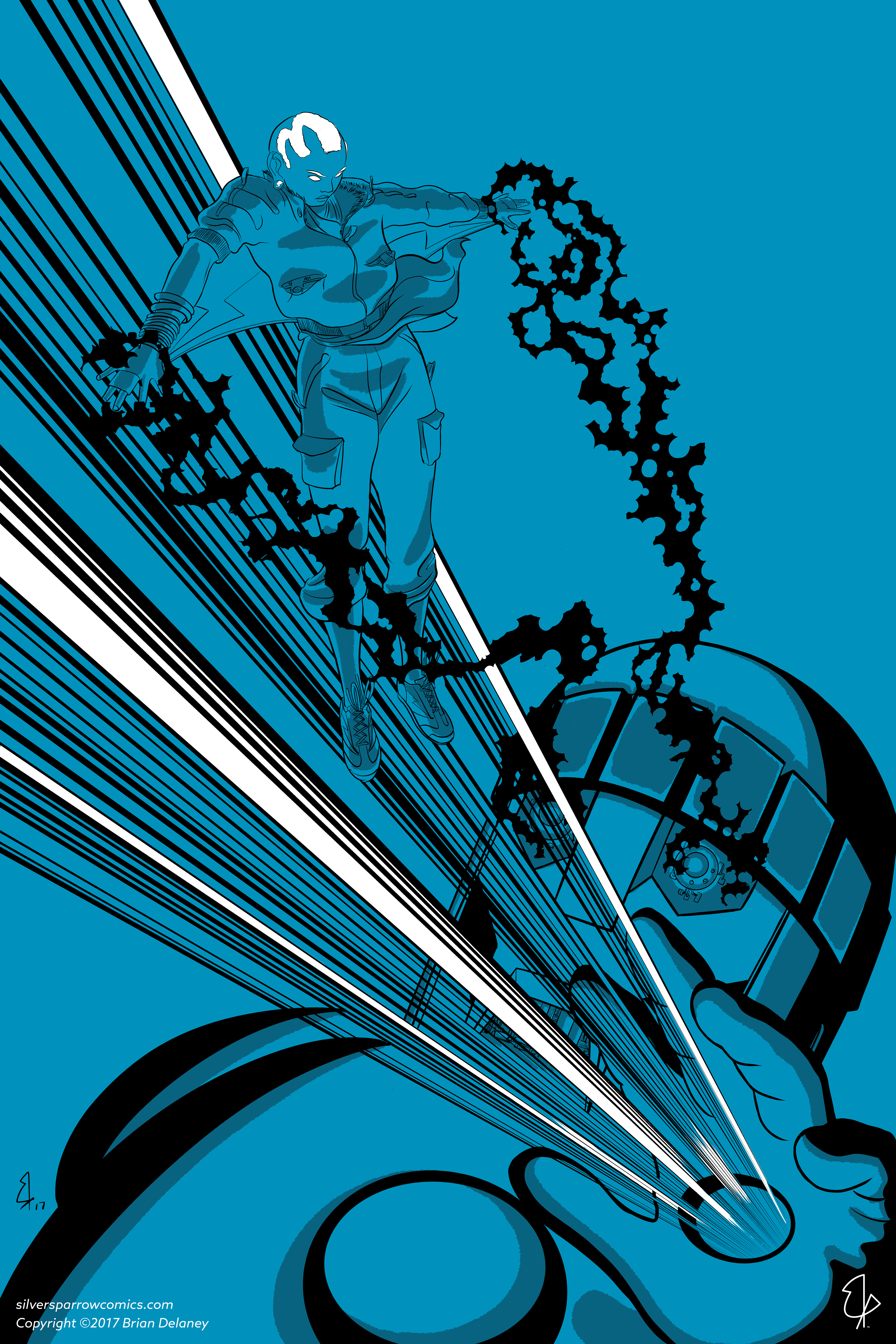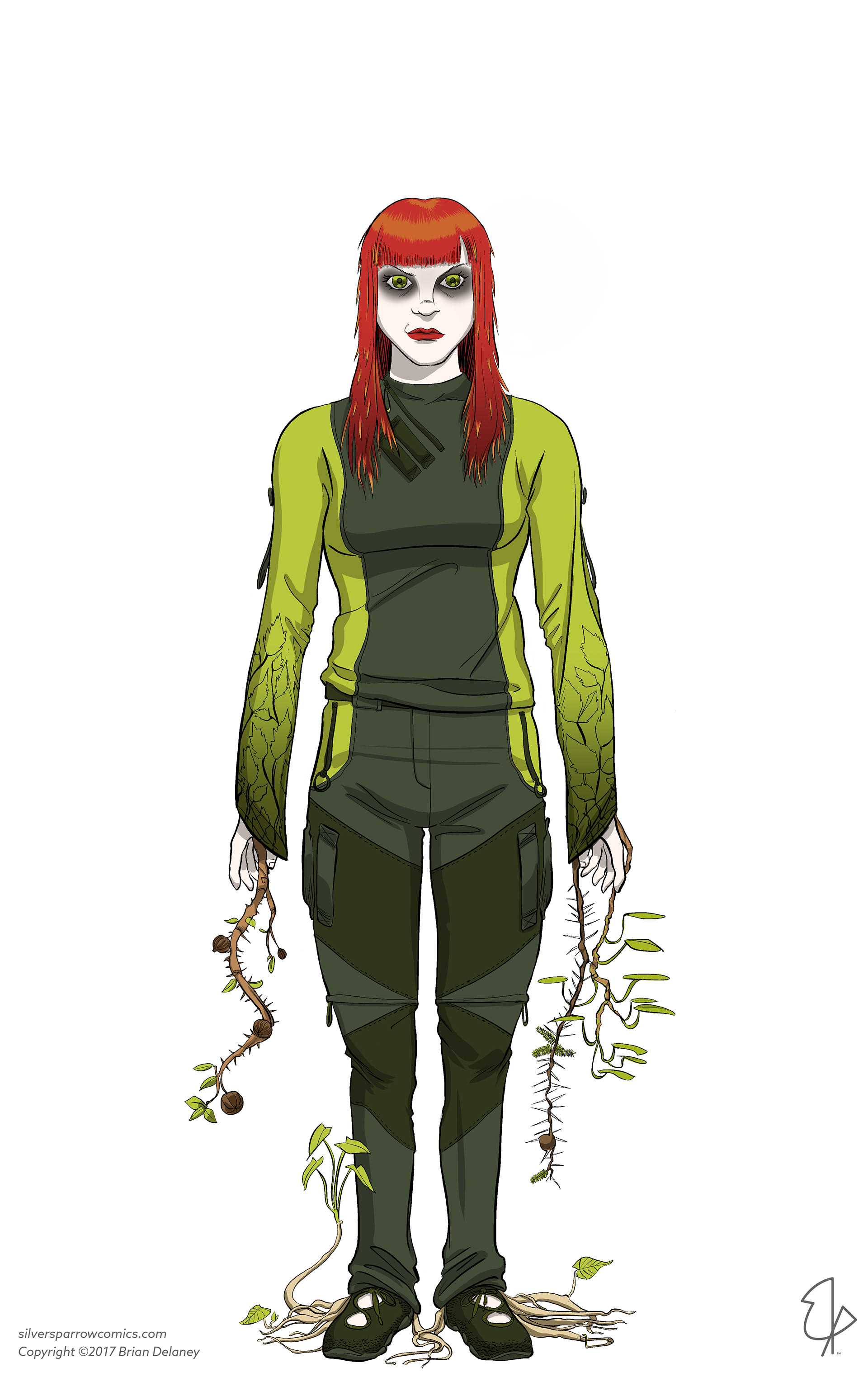The process would only take minutes and could be used by creatives meeting with clients and vice versa.
It became an icebreaker of sorts that yielded unexpected and valuable insights and discussion points for what each party really wanted as an outcome.

A client conversation tool for designers.



For my part of the guide, I contributed the design schools logo and supporting spec projects for the product design program. This included a hypothetical vinyl toy and otherworldly packaging, as well as mocked up scenarios with students creating those elements.

The catalog and curriculum program.



product design course...

I created, a ficitonal service provider for brand development and extension assignments.

The final logo for the fictional college.



Concept art for a vinyl figure.

Dimensional render of the vinyl figure.

Actual prototype of the paper packaging for the hypothetical product.

Dimensional render of product and packaging.

To demonstrate the level of immersive learning...

and services the fictional program would offer...

a number of mock-up images were created.


















It was very important to communicate the characters original backstory to the audience in a clear yet concise way.
Once the backstory was established I needed to summarize the key points of my thesis also in a detailed yet comprehensible way.
It was very important to communicate the characters original backstory to the audience in a clear yet concise way.
Once the backstory was established I needed to summarize the key points of my thesis also in a detailed yet comprehensible way.
It was very important to communicate the characters original backstory to the audience in a clear yet concise way.
Once the backstory was established I needed to summarize the key points of my thesis also in a detailed yet comprehensible way.